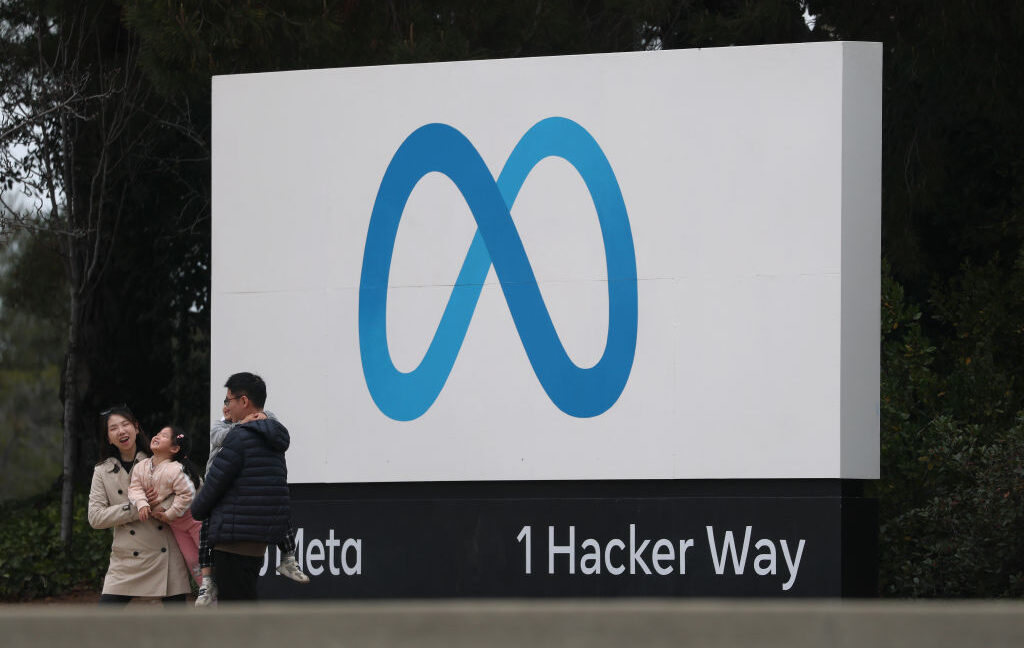Introduction to Semantic Segmentation
Have you ever wondered how self-driving cars can tell the difference between a pedestrian and a lamppost? Or how medical software can identify tumors with pinpoint accuracy? The answer might shock you: pixel-perfect image understanding through semantic segmentation. Unlike traditional object detection, which just draws boxes, semantic segmentation classifies every single pixel in your image. And the results? Nothing short of revolutionary.
What is Semantic Segmentation?
Think of semantic segmentation as giving your computer superhuman vision. It doesn’t just see objects — it understands boundaries, textures, and materials at the pixel level. This technology is transforming everything from autonomous vehicles to medical diagnostics.
Installing Required Packages
To get started with semantic segmentation, you’ll need to install the necessary packages. You can do this by running the following commands:
!pip install transformers datasets accelerate evaluate
!pip install torch torchvision
!pip install matplotlib opencv-pythonImporting Libraries
Next, you’ll need to import the required libraries:
import torch
import numpy as np
import matplotlib.pyplot as plt
from transformers import AutoFeatureExtractor, AutoModelForSemanticSegmentation
from PIL import Image
import requests
from io import BytesIO
import cv2Checking Hardware
Your model’s performance can skyrocket with the right hardware. To check if you have a GPU available, you can run the following code:
device = torch.device("cuda" if torch.cuda.is_available() else "cpu")
print(f"Using device: {device}")Loading Pre-Trained Model
To load a pre-trained semantic segmentation model, you can use the following code:
model_name = "nvidia/segformer-b0-finetuned-ade-512-512"
feature_extractor = AutoFeatureExtractor.from_pretrained(model_name)
model = AutoModelForSemanticSegmentation.from_pretrained(model_name)
model = model.to(device)Conclusion
Semantic segmentation is a powerful technology that is transforming the field of computer vision. By classifying every single pixel in an image, it can give computers superhuman vision and enable applications such as autonomous vehicles and medical diagnostics.
FAQs
- What is semantic segmentation?
Semantic segmentation is a technique used in computer vision to classify every single pixel in an image into a specific category. - What are the applications of semantic segmentation?
Semantic segmentation has a wide range of applications, including autonomous vehicles, medical diagnostics, and image editing. - How do I get started with semantic segmentation?
To get started with semantic segmentation, you’ll need to install the necessary packages and import the required libraries. You can then load a pre-trained model and start experimenting with your own images.











